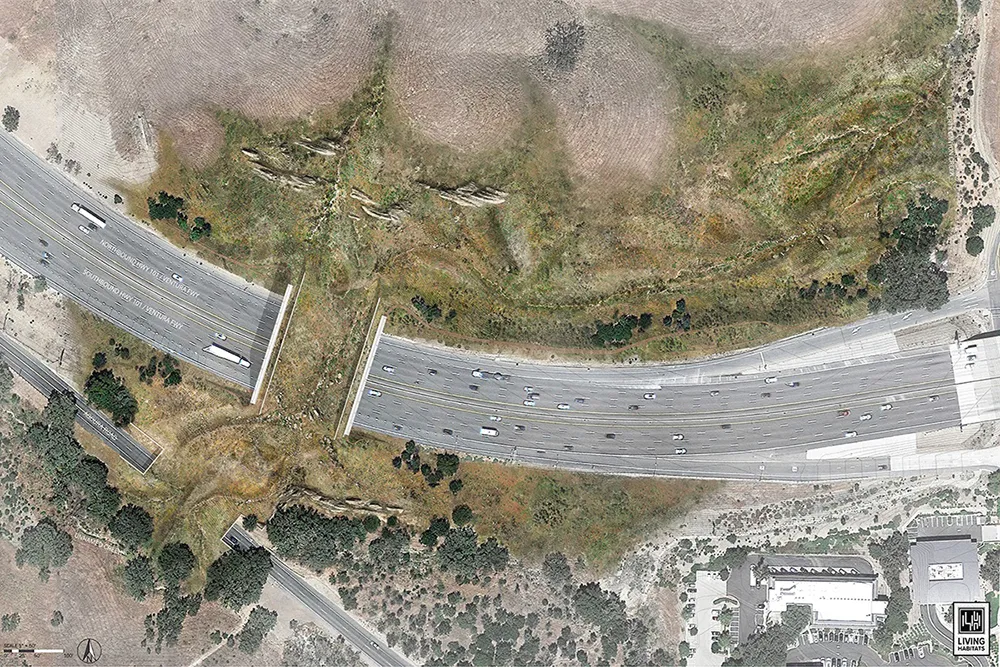According to China’s news agency Xinhua the futuristic Transit Elevated Bus (TEB-1) has conducted its first road test in the northern city of Qinhuangdao, in the Hebei province.
The 22m long, 7.8m wide and 4.8m high TEB-1 can carry up to 300 passengers. Designed to help ease traffic congestion on China’s roads, the passenger compartment of the bus rises far above other vehicles on the road, allowing cars to pass underneath. It will run on a fixed route on rails places at the edges of the two lanes it str
August 4, 2016
Read time: 1 min
According to China’s news agency Xinhua the futuristic Transit Elevated Bus (TEB-1) has conducted its first road test in the northern city of Qinhuangdao, in the Hebei province.
The 22m long, 7.8m wide and 4.8m high TEB-1 can carry up to 300 passengers. Designed to help ease traffic congestion on China’s roads, the passenger compartment of the bus rises far above other vehicles on the road, allowing cars to pass underneath. It will run on a fixed route on rails places at the edges of the two lanes it straddles.
The test evaluated the braking system, drag and power consumption, according to tebtech, a company that helped build the TEB.
The 22m long, 7.8m wide and 4.8m high TEB-1 can carry up to 300 passengers. Designed to help ease traffic congestion on China’s roads, the passenger compartment of the bus rises far above other vehicles on the road, allowing cars to pass underneath. It will run on a fixed route on rails places at the edges of the two lanes it straddles.
The test evaluated the braking system, drag and power consumption, according to tebtech, a company that helped build the TEB.










